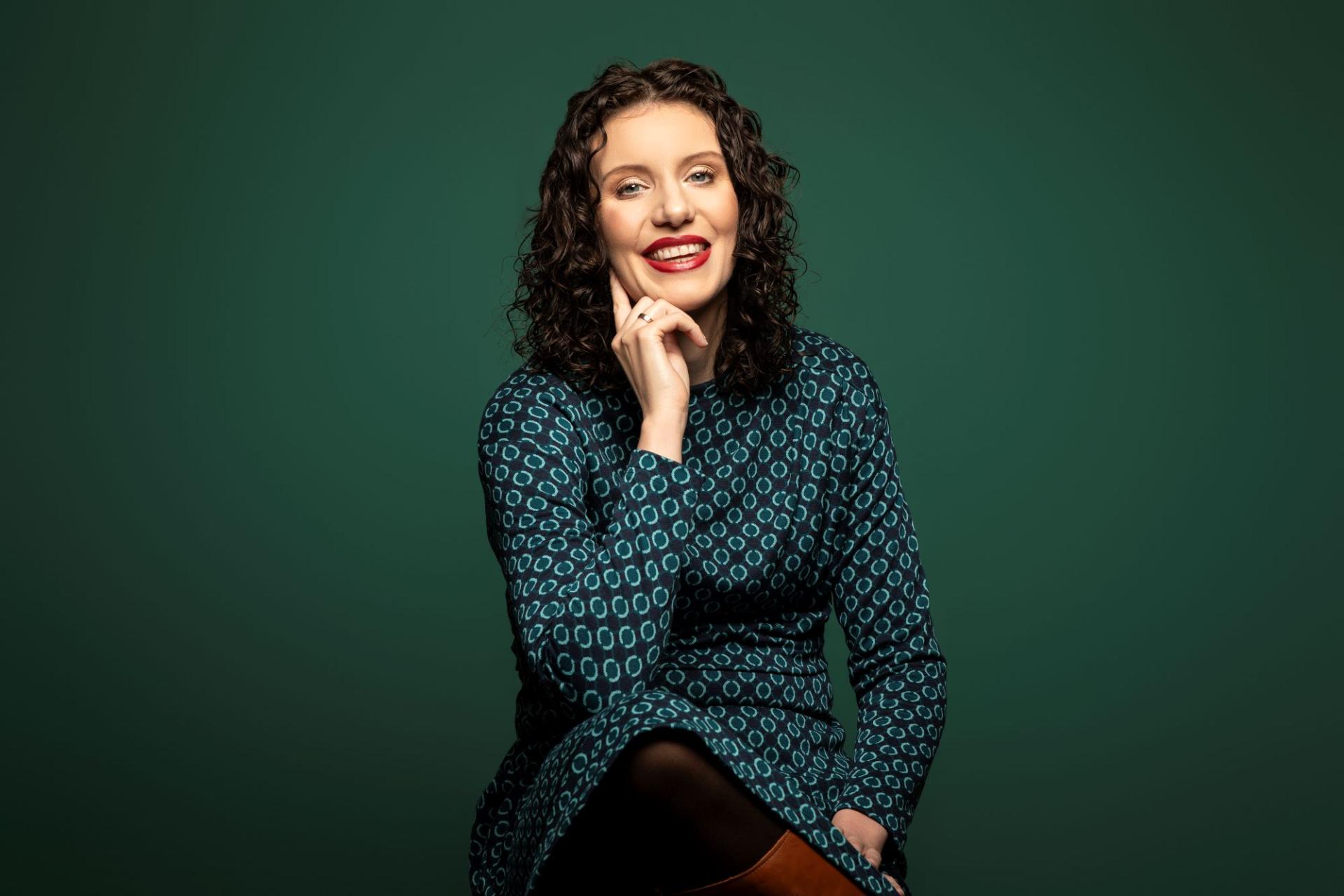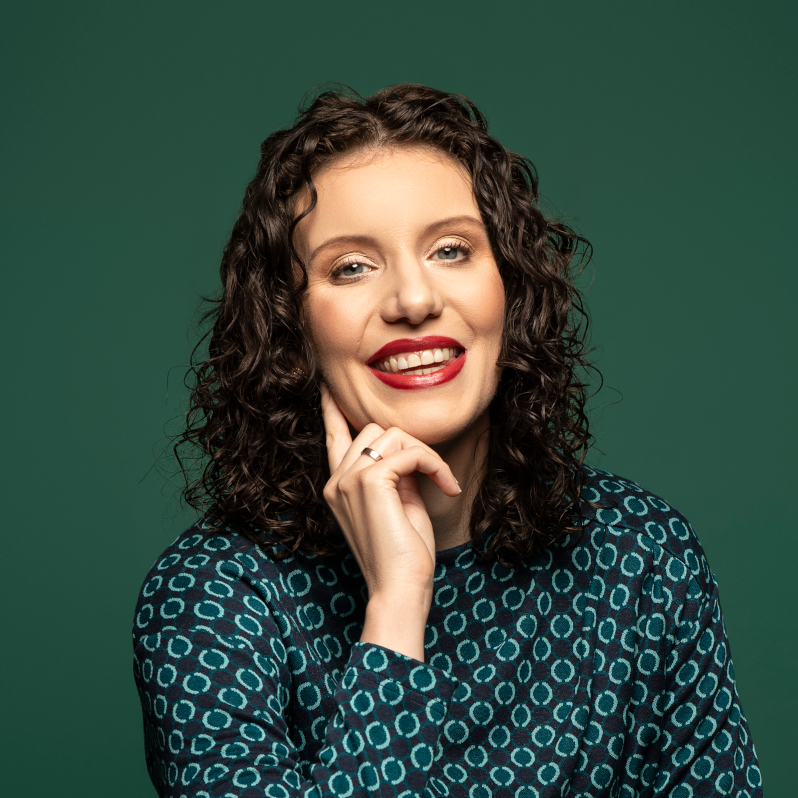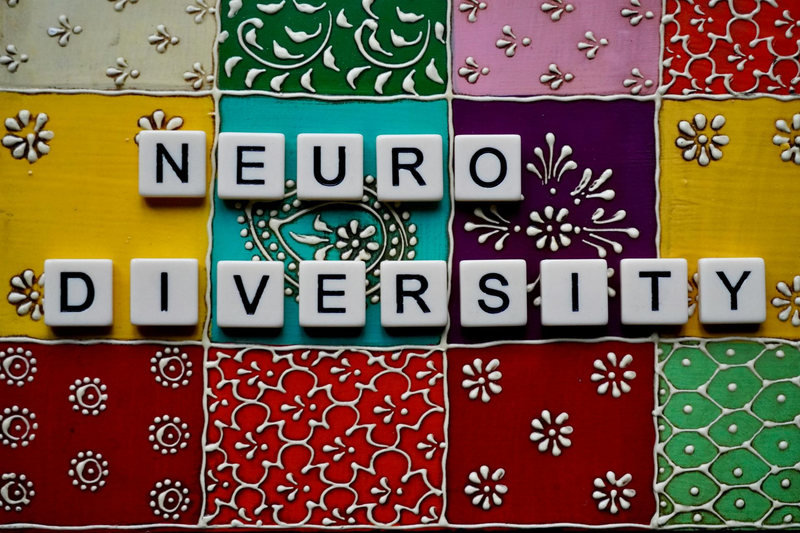

About the author
- Karolien Koolhof is a coach voor introverts and gifted individuals
- Author of the book Introvert Leadership
- Contact

Tomorrow is Diversity Day — a perfect moment to pause and reflect on how broad the concept of diversity really is. We often think first of gender, ethnicity, or age, but there’s another form of diversity that often remains invisible: neurodiversity. As a coach, I see every day how deeply it can affect people’s lives. Those who think, feel, and perceive differently from the majority often experience both great strength and great misunderstanding. They get stuck in systems not designed for them, or start wondering whether there’s “something wrong” with them — simply because they don’t fit into the mold of what’s considered normal. There are many misconceptions about what neurodiversity actually means. That’s why I’d like to share five things you (probably) didn’t know about neurodiversity.
The term neurodiversity sounds positive — and that’s intentional. Australian sociologist Judy Singer introduced the concept in the 1990s as a counterbalance to the traditional medical model. She argued that neurological differences should be seen as part of human diversity, just like differences in gender or culture.
Still, it’s not a neutral term. Within academia, there’s ongoing debate about what exactly falls under it and how we should talk about it (Kapp, 2020). Some researchers warn that an overly positive framing — as if autism or ADHD were simply “a different way of being” — risks overlooking the very real challenges people face (Botha & Gillespie-Lynch, 2022).
Neurodiversity, then, is not about denying difficulties — it’s about recognition. Recognition that every brain has value, with its own way of processing information, feeling, and responding. And that difference is the norm, not the exception.
When people hear the word neurodiversity, they often think of autism or ADHD. These are indeed widely studied forms of neurological variation, but they represent only part of the picture. Neurodiversity also includes dyslexia, dyscalculia, dyspraxia, Tourette’s, epilepsy, giftedness, high sensitivity, and even certain anxiety or mood profiles that influence information processing (Armstrong, 2021).
The common thread is not a single diagnosis, but diversity in thinking styles. One person might be highly analytical and detail-oriented; another may think in images and metaphors. Some process stimuli deeply and need time to reflect, while others thrive on rapid input and action.
Research shows that different brain types come with unique talents. People with dyslexia often excel at seeing patterns and thinking strategically (Eide & Eide, 2011). Professionals with ADHD tend to score higher on creativity and divergent thinking (White & Shah, 2011). And gifted individuals often combine sharp analysis with strong intuition and imagination.
So neurodiversity isn’t only about supporting what’s difficult, but also leveraging what’s strong. Different brains bring different strengths — and that diversity enriches teams.
Many neurodivergent people learn early on to adapt to social norms — to act “appropriate,” to manage eye contact, to hide their emotions just to fit in. This process is called masking — literally wearing a mask.
Masking can help people survive in a world that isn’t always understanding, but it comes at a cost. Research shows that long-term masking is linked to anxiety, depression, and burnout (Bradley et al., 2021). Women with autism are particularly prone to this: they often learn to imitate social behavior, which is why their autism may not be recognized until later in life (Hull et al., 2020).
The problem isn’t adaptation itself — everyone adjusts to some degree. The problem is when people adapt so much that they lose themselves: constantly on alert, pretending to be someone else, or exhausted from playing “the role of normal.” True inclusion begins with psychological safety — the freedom not to have to mask.
In organizations, neurodiversity is still too often seen as something that requires “extra support.” That perspective focuses on the individual, but not always on the context in which that person works — and that’s often where the real difference is made.
Research shows that so-called “limitations” often disappear once the work environment better matches someone’s way of thinking and working (Austin & Pisano, 2017). Autistic employees perform best when their tasks are clear, predictable, and low in sensory overload (Lorenz et al., 2016). People with ADHD thrive in dynamic teams that allow creativity and experimentation. And gifted employees grow frustrated when their work lacks challenge or autonomy.
So the key question isn’t “Can this person handle the job?” but rather “Does this job fit how their brain works?”
The real shift happens when organizations move from “fitting into the norm” to “making space for difference.” That can mean small adjustments — more clarity, fewer distractions, flexible hours — but the effects are huge: people feel seen, use their talents more fully, and experience fewer burnout risks.
A fascinating and rapidly growing field is neuroinclusive design — creating spaces, products, and processes that better fit different kinds of brains (Boer, 2023).
Think of offices with quiet zones, natural lighting, and clear signage. Software with low-stimulation interfaces, predictable navigation, and customizable colors. Or meetings with clear structures and time for processing information.
The idea is simple: what’s good for neurodivergent people is usually good for everyone. Quiet spaces help introverts and highly sensitive people too. Clear communication reduces misunderstandings for all. Flexible work rhythms benefit not just those with ADHD, but also parents, caregivers, and anyone who functions better outside the 9-to-5 norm.
In countries like the UK and Sweden, designers and lived-experience experts are already collaborating on neuroinclusive schools and workplaces. It’s the logical next step in diversity: not just talking about difference, but creating spaces where difference can exist.
Neurodiversity doesn’t ask for labels or fixed categories — it asks for curiosity. What does this person need to thrive? What helps, what hinders, and how can we co-create something that works?
On Diversity Day, it’s not just about celebrating difference — it’s about understanding it. Because only when we truly listen to how others experience the world can we build environments where everyone belongs, no matter how their brain works.
